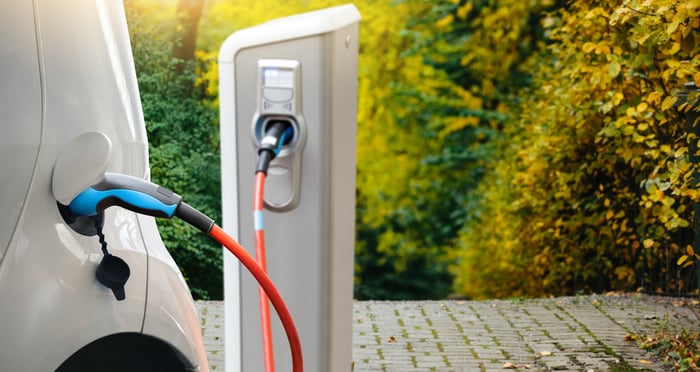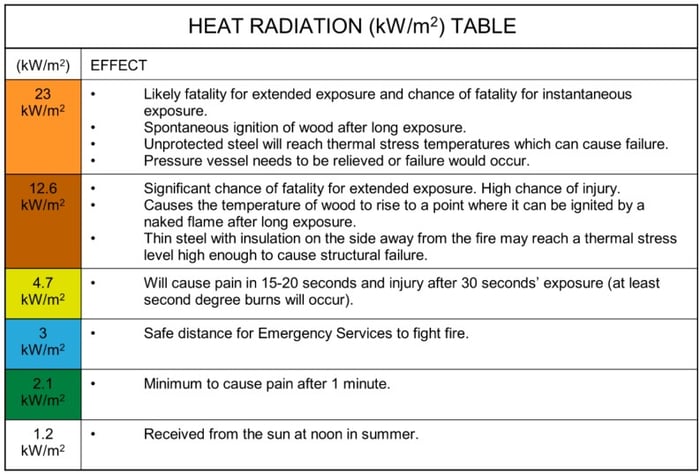With the growing use of lithium-ion batteries — and the increased reporting of local incidents when they are charging — the fact that the batteries represent a fire risk is becoming better understood. Many fire departments, as well as Safe Work Australia, provide advice on these risks and how to avoid an incident.
However, do people really understand the potential impact of a fire or explosion event if risks are not adequately mitigated?
Understanding The Potential Consequences of an Incident
As consultants, ACOR is often asked to assess the risk of a potential incident involving batteries in various applications, including the use of batteries in battery energy storage systems (BESS), electric vehicles (EVs) or data centres.
For battery energy storage systems, a risk assessment shall be used to determine the appropriate location of the unit.
A common approach is to model the potential impact of a fire or explosion event to understand the impact to offsite locations. The aim of this modelling is to ensure that, in the case of such an event, the impact is acceptable where it extends beyond the boundary of the facility.
“For emerging markets such as electric vehicles, legislation is lagging industry development.”
Imran Shaik, Aimee Dretvic & Ben Law
This is a current concern as global data confirms that battery fires in EVs, whilst not frequent, can occur and can have significant consequences.
In addition, we know that firefighting and emergency response measures required for EV battery fires differ from those needed for internal combustion engines (petrol and diesel cars).

Various authorities, such as the AFAC and ABCB, have commented on the potential for hazards with EV charging.
Requirements for EVs parked or being charged in buildings are covered by the National Construction Code (NCC). This specifies the potential need for additional firefighting measures and/or smoke hazard management for ‘special hazards’. While the NCC itself does not state that EVs are special hazards, the Australasian Fire and Emergency Service Authorities Council (AFAC) has published a position statement that says EVs should be considered a ‘special hazard’ per the NCC.
The Australian Building Codes Board (ABCB) has published an advisory note that provides recommended actions to improve the safety of EV charging in buildings.
For other situations where EVs are parked or being charged, there is a gap in legislation enforcing the need to consider the impact of an event. Regardless of this gap, there may be a real impact if an event does occur. Workplace Health and Safety legislation could be applicable here, and owners still have a duty of care to employees.
In addition, public liability considerations can come into play if a member of the public is injured, or their property damaged due to an incident.
What Does Modelling Tell You?
Consequence modelling is used to determine the impact of a fire or explosion event from the heat and pressure formed, as well as the release of toxic gases. The impact is determined relative to the distance from the incident source.
Modelling can confirm the distance from the EV incident where:
-
Thermal radiation will not be harmful to people or property.
-
Emergency services can deploy fire-fighting measures.
-
Explosive overpressure will cause minimal impact to property, no fatality, and a very low probability of injury.
-
Concentrations of toxic chemicals will be below allowable levels.
Example:
ACOR prepares heat radiation modelling in line with HIPAP4 heat radiation table, which considers the radiant heat output based on specific battery chemistry, size of battery and/or number of batteries. For this reason, generic modelling outcomes are not possible. Regardless, in the immediate vicinity of a fire or explosion event, the impact can be severe.
Fire Safety Engineers can also assess the parking and/or charging of EVs in the built environment, which could include modelling the spread of smoke, and then outline required upgrades to fire systems to minimise risk and ensure people can evacuate the building safely.
Why is This Important?
Whether we consider batteries in EVs or any other application, it is important to understand that a fire or explosion incident can have a real impact on people, property, and the environment.
Charging batteries can contribute to battery failures, which could then result in a fire. Like all equipment, lithium-ion batteries deteriorate over time, so they must be inspected and maintained to decrease risk during charging.
We should not wait until there are more incidents before we start acting. Risks should be management appropriately and we should look to reduce risk now.

Storemasta thanks our Guest Contributors
References:
AFAC, EV and EV charging equipment in the built environment, 2022, act.gov.au
ABCB, EV Guidance Document June, 2023
ACOR Consultants, LinkedIn, The Fire Risk of Lithium-ion Batteries

Guest Contributors Imran Shaik, Aimee Dretvic & Ben Law from ACOR Consultants discuss lithium-ion battery incidents with a focus on EV charging.
